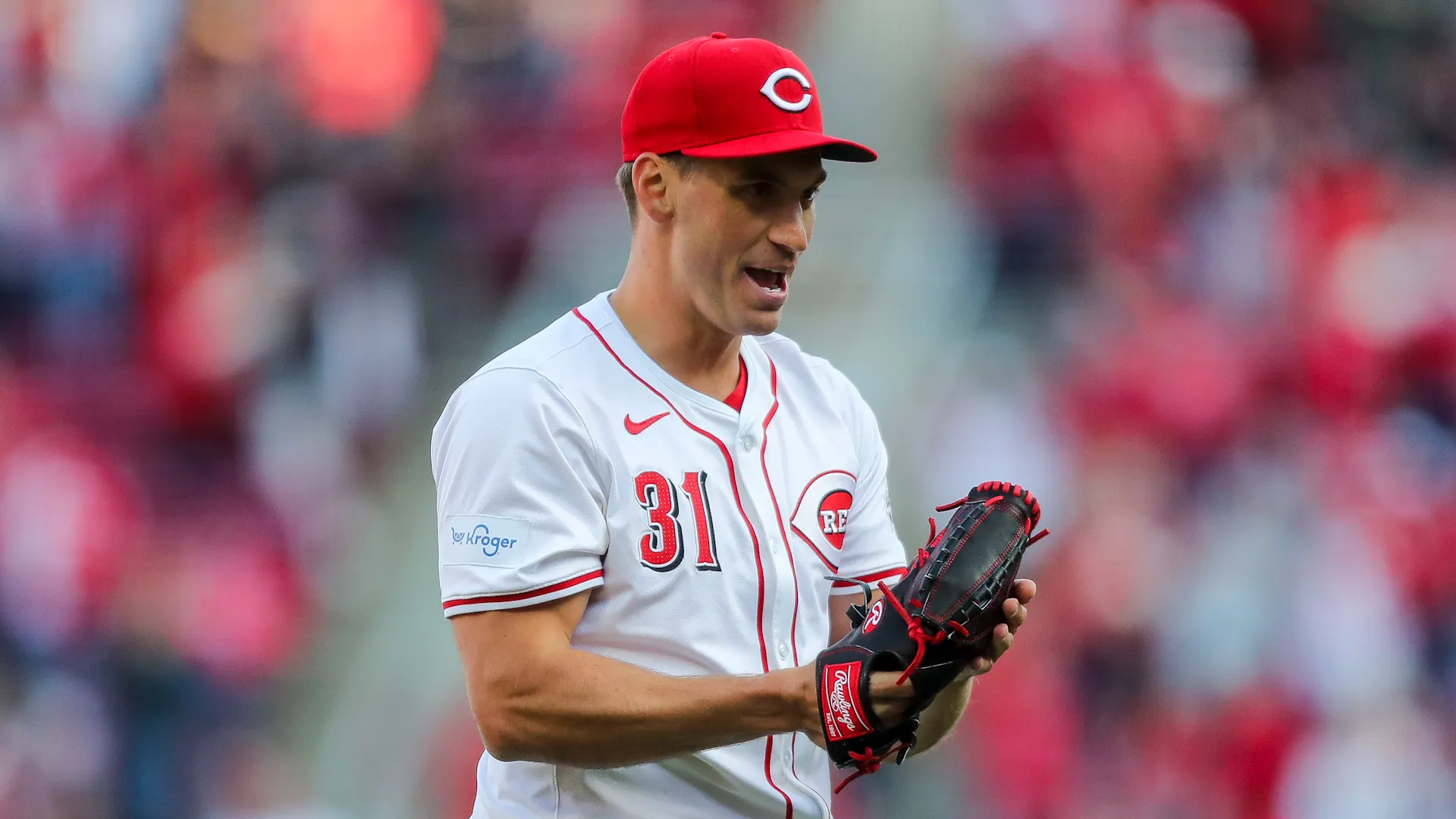Pitch clocks? No more shifting? Larger bases?
All three could be coming to a big-league ballpark near you in the not-so-distant future.
MLB and the players union appear no closer to a new labor deal after their latest meeting on Sunday. MLB declared the two sides are “deadlocked” after receiving the union’s latest proposal, a claim the union disputed.
In fact, the biggest news out of Sunday had little to do with core economic issues.
According to multiple reports, the union granted MLB the ability to unilaterally implement three rule changes with a 45-day notice in 2023: adding a pitch clock, banning the shift and increasing the size of bases. The offer is contingent on other issues in the labor battle.
Robot umpires were not included in the union's proposal.
In the past, MLB has needed to give a year's notice to implement rule changes.
It’s no secret MLB has sought to improve pace of play in recent years. The average time of nine-inning games in 2021 was 3:10, a 20-minute increase from 2010 and five-minute increase from 2019, the previous full 162-game season.
MLB
MLB experimented with the pitch clock in the low-A West League last summer (15 seconds with the bases empty, 17 seconds with runners on). If pitchers didn't start their delivery in time, the home plate umpire could call an automatic ball.
The average game time decreased from 3:02 to 2:41 after the clock was introduced in June.
ESPN’s Jesse Rogers reported MLB is targeting a 14-second clock with the bases empty and 19 seconds with runners on.
The percentage of plate appearances with a shift on has spiked the last five years, from 13.7 percent in 2016 to 30.9 percent in 2021 (34.1 percent in 2020).
Balls in play have decreased to historic levels, including more strikeouts than hits in recent years for the first time. The banning of extreme shifts could require two infielders to be positioned on each side of second base.
“I think there is a widespread consensus in the game that we’ve become too dependent on walks, strikeouts and home runs,” commissioner Rob Manfred said in October 2020.
Larger bases would shorten the distance in the baselines. MLB experimented with 18-inch bases at first, second and third in Triple-A last season, an increase from the standard 15-inch base.
For all the squabbling on economics, the league and union are finally talking about important issues pertaining to the game's on-field product.


